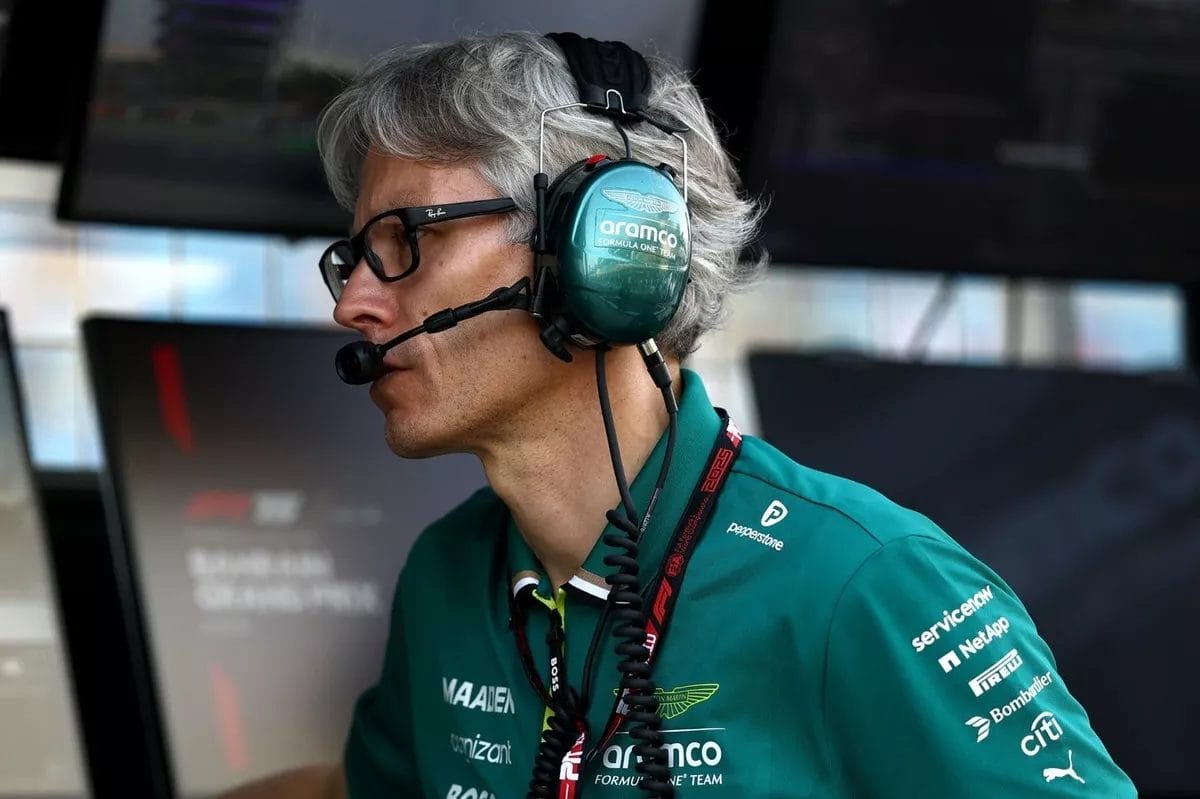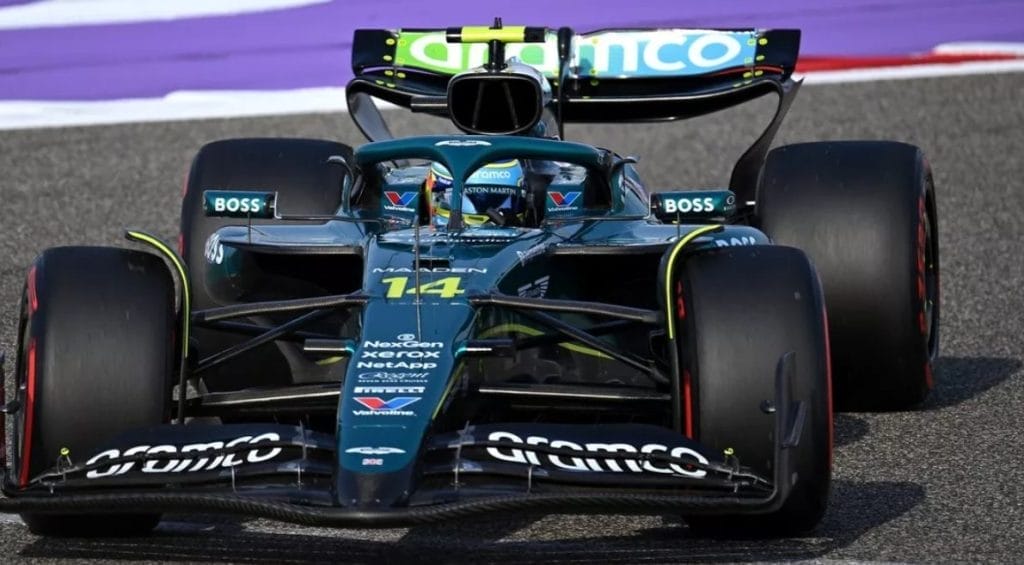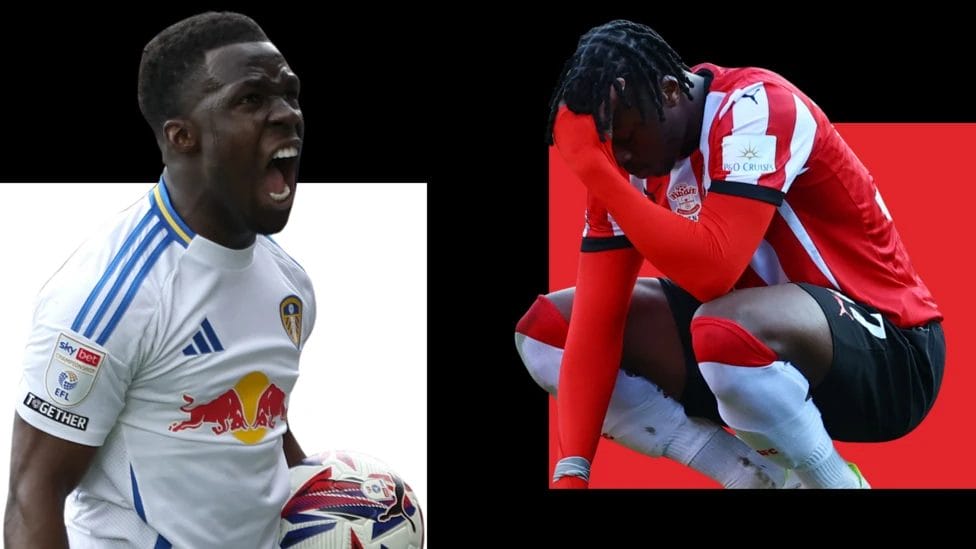
Aston Martin Insists on Progress Despite Slipping Into F1’s Bottom Tier
If you look only at lap times, Aston Martin claims it’s made progress. If you look at the standings, you might think the team’s gone backwards. The contradiction is real—and team principal Mike Krack knows it. He says the AMR25, Aston Martin’s 2025 Formula 1 challenger, is in many ways the team’s best car yet. But results? They’ve been hard to come by.
After an encouraging rise through the midfield in 2023, the team now finds itself teetering near the bottom of the pecking order, flirting with the slowest times in qualifying and barely sniffing at points on race day.
A Story of Relative vs. Absolute Performance
Krack is adamant that the team hasn’t gone backwards in raw pace. “When you look at the grid and see how much faster everyone is this year, our car is actually much quicker than last season’s,” he explained. “But the others have taken bigger steps.”
That’s the crux of the story. Formula 1 is a sport of margins. You can improve by a second a lap and still fall behind if everyone else improves by 1.2. The stopwatch doesn’t care about effort—it cares about context. And right now, Aston Martin’s progress, while real in absolute terms, hasn’t been enough to keep pace with the rest of the field.

The Brawn GP Parallel (and Why It’s a Stretch)
Some fans are holding onto a dream: that all this pain might be setting the stage for a future fairytale. The natural comparison is Brawn GP’s legendary 2009 campaign. That year, Ross Brawn took over the failing Honda F1 team, sacrificed the remainder of the 2008 season, and poured everything into designing a car for the massive 2009 regulation changes. The result? Both world championships.
But Krack and Aston Martin aren’t following that blueprint—at least not entirely. For starters, the 2026 regulation changes that could spark a reset won’t allow for serious wind tunnel and simulation work until January 1st, 2025. So it’s not as simple as throwing in the towel on 2025 to focus on 2026. There are still limits, and F1’s modern cost cap structure makes a clean-sheet revolution harder to pull off.
That said, it’s clear Aston Martin is preparing for the long haul. The team’s new factory is up and running. Its partnership with Honda (for power units from 2026 onwards) is locked in. And yet, the present moment feels… grim.
The Risk of Ending the Season at the Back
With each passing race, Aston Martin seems to be sinking deeper into what many are now calling F1’s “bottom group.” If the AMR25 doesn’t show tangible performance gains in the next two months, the risk of ending the season at the very back becomes real.
So far, there’s little to suggest they’re turning a corner. While some updates have made the car more predictabl “easier to drive,” as Krack puts it that hasn’t translated into race pace. And in Formula 1, points aren’t handed out for potential. They’re given to those who cross the line first.
As Krack acknowledged, “The car is better, more drivable, more stable. Now the task is making it faster not just technically, but competitively.”
The F1 Field Is Splitting—But Not How Krack Describes It
Krack recently suggested that the grid has split into two clear groups: the contenders Red Bull, Ferrari, Mercedes, and McLaren and everyone else. On paper, that sounds logical. But dig into the data, and it’s not quite that simple.
In reality, the grid has fragmented into three distinct performance tiers:
Group 1: The Leaders
Red Bull, Ferrari, Mercedes, and McLaren. They’re fighting for poles and podiums, with qualifying gaps to the front usually less than 0.4 seconds. They’re not just fast they’re consistent. They’re also the only teams realistically capable of winning races under normal conditions.
Group 2: The Midfield
Williams, Alpine, and the Racing Bulls. These teams are in flux some tracks suit them, some don’t. But generally, they’re within a second of pole pace, and occasionally sneak into Q3. They’re unpredictable, but not irrelevant.
Group 3: The Strugglers
Aston Martin, Haas, and Sauber. These teams are regularly 1.2 seconds or more off the leading pace. And while there are glimmers of hope Haas, for example, has shown decent qualifying pace at select venues the lack of race-day performance is glaring.
Aston Martin, unfortunately, is now firmly in this bottom tier. For a team that started last season with podiums and legitimate buzz, it’s a steep and painful fall.
Is There Still Time to Turn Things Around?
Formula 1 seasons are long. Development never stops. But the window for dramatic change closes fast. By the time the summer break arrives, most teams will shift their focus to next year’s car. And if the AMR25 hasn’t found serious pace by then, the back half of the season could become a painful grind.
Krack remains publicly optimistic. He has to be. “We’re not where we want to be, but we’re not standing still,” he told reporters after the last race. “There’s more to come. The team is pushing hard.”
But words only go so far. Aston Martin fans want results. They want Q3 appearances. They want points. Right now, they’d probably settle for not being lapped.
What Comes Next?
The next few races will tell us everything we need to know. If Aston Martin can pull itself back into the midfield regularly fighting Williams and Alpine it’ll be seen as a salvage job. If not, the team could easily find itself battling Sauber for the wooden spoon.
And let’s be clear: that’s not just a pride issue. Sponsors, future drivers, engineers they all take note of who’s rising and who’s floundering. Momentum matters in F1, even off the track.
Final Thoughts: Progress on Paper, Pressure on Track
Mike Krack may be technically right the AMR25 is faster than last year’s car in raw lap times. But Formula 1 isn’t about personal bests. It’s about beating the 19 other cars on the grid. And by that metric, Aston Martin is losing ground.
There’s still time to write a different ending to this season. But if they want to do a Brawn-style turnaround in the future, they’d better start acting like it now.








